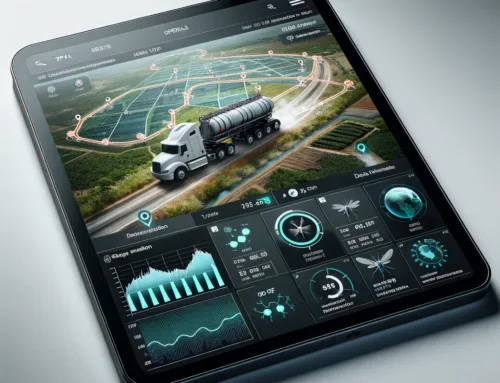Technical Summary
Our goal was to ensure that we could gather the necessary and pertinent information utilizing standard industry methods and processes for Reducing Healthcare Associated Infections Using Informatics. Using strong project management and technical skills, state of the art development platforms and in conjunction with proven Applied Research techniques, Skysoft designed, developed, and implement an electronic method of accurately measuring medical device use in support of the VA’s vision to understand the severity of Healthcare Associated Infections (HAIs).
1: Introduction
According to the Department of Veteran Affairs (VA), approximately 100,000 deaths occur every year due to Healthcare Associated Infections (HAIs). Creation of new and innovative ways to measure, analyse and report this information in order to reduce the rate of HAIs is at the core of this project. Selecting the correct approach for gathering user information, applying this approach and properly understanding the technical pathways to data capture and analysis are critical in order to achieve and exceed the project goals. In addition, a strong understanding of current technologies is required in order to integrate any innovation into live Electronic Medical Records (EMR) systems.
2: Methodology
2.1. Focus Group Research
Using industry standard Applied Research techniques, specifically utilized and written about by Richard A. Krueger and Mary Anne Casey, we identified the types of data that should be collected in a focus group. Qualitative data analysis techniques and micro-interlocutor analysis wer utilized in order to accurately quantify not only quantitative data, but measure non verbal communication and body language.
2.2. Focus Group Data analysis
Data analysis and data conversion are at the core of this data analysis phase. Since we are not only compiling quantitative data, but also qualitative data, we will likely develop analysis tools and techniques using the same technologies which will be applied to the prototype and front end systems in order to decipher qualitative data into a quantitative result set. The analyses and information gathered in this phase directed us to the development of (3) distinct ways to capture this information in the clinical setting.
2.3. Software For Multiple Methods To Determine Medical Device Use Data
After deep analysis of Focus Group data is collected, and investigation for accuracy, predicted ease of use, predicted ability to integrate with Healthcare Associated Infection and Influenza Surveillance (HAIISS), and ease of deployment into the enterprise are performed, our team developed (3) distinct methods for properly collecting and reporting HAIs information for analysis. These methods were developed with the mindset that any of these techniques could lead to the development of the actual (not prototype) system, so any and all work performed for each technique, has been saved for later use, integration, or combination into the selected system.
2.4. Database Storage of Medical Device Use Data
The core of any data capture and analysis system is its database. Utilizing industry standard Structured Query Language in accordance of VA directives pertaining to security and patient information, our team developed professional diagrams and structures for these database systems. Database development and normalization rules were maintained in order to achieve ultimate data accuracy. These diagrams and structures remained flexible throughout the entire project so we can model and craft our interfaces to best suit the needs of the end user.
2.5. Composite Prototype Software System
A composite of the selected Method to determine medical device used will be created using the selected platforms for development in order to optimize deployment into the enterprise and for integration into current EMR systems. Our philosophy has always been to use Open Source platforms, but will adhere to any VA directive to design and develop this prototype in any other desired platform. We believe web based technologies “rule” the landscape of data capture, analysis and distribution, and will develop the prototype to not only conform to emerging technologies, but to fit into the current enterprise environment.
2.6. Front-End for the Prototype System
Iterative approximation; the construction of a series of ‘working models’ of the finished program that gradually approach the final specification in terms of functionality and performance and the application of “real world” approaches lead us to the final Front End for the prototype system. Using a combination of (RAD) and Software Development Life Cycle (SDLC), there is no doubt in our minds that we have achieved and/or over achieved the stated goals of this phase. From development and Planning, to acceptance, installation and deployment, we are confident that the end product will has exceeded the expectations of the end users, the VA and ultimately, the patient.
3: Results
Our team has developed the final Front-End for the Prototype using a combination of (RAD) and Software Development Life Cycle (SDLC). Specifically, we have utilized the Waterfall Model; a sequence of stages in which the output of each stage becomes the input for the next.
Development of a front and back-end data collection and analysis system in order to measure medical device use and measurement of HAIs, has been integrated seamlessly with a Computerized Patient Record System/Veterans Health Information Systems and Technology Architecture (CPRS/VistA).





